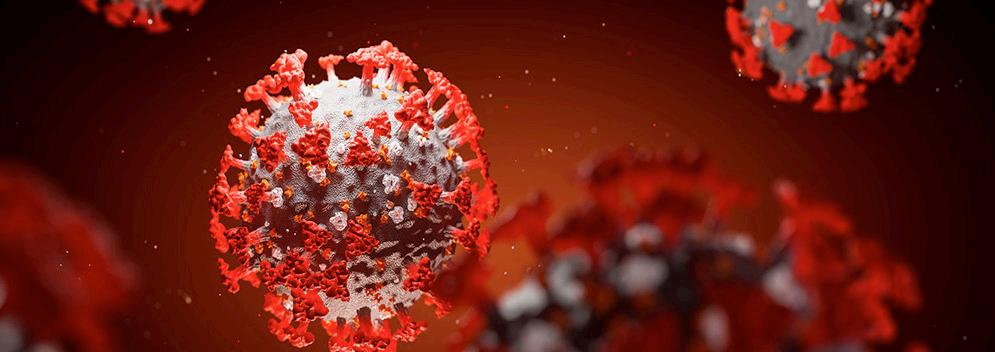
4 minute read
After 60 Years, Jet A Changing to Low Sulfur
by Barry Martin | Tennessee Aircraft Company
Last year, I co-wrote an article in AgAir Update (April 2019) about the changes coming to Jet A where only Ultra Low Sulfur Jet A (15ppm max) would be available by July 2021. Since then, we were told at the last NBAA that one percent Sustainable Aviation Fuel (SAF or bio) was now being blended into the fuel being delivered with plans that it would be increased to 10%.
Now, we know this change to Ultra Low Sulfur Jet A is going to happen and there are a couple of things that a responsible operator needs to address. One of them is the fuel lubricity we talked about in the first article, which is why they are adding the biofuel to increase the lubricity. We anticipate that the target fuel lubricity value that the fuel suppliers should be supplying will be in the range of 0.85mm, but an acceptable value with respect to a “ball-on cylinder lubricity evaluator” average wear scar diameter on some older engines should be in the range of 0.20 to 0.65 mm (defined per ASTM Report D5001-90a). So, you should consult your engine’s manufacturer as to what level of lubricity your engine needs.
At Tennessee Aircraft, we are starting to see more problems with entrained water and microbial contamination, which are issues that are inherent to jet fuel. We actually had a set of nozzles come in this past month where all the primaries and all the secondary orifices were having some restricted flow or no flow at all. If water is allowed to remain in the fuel, it will culture microorganisms, or bacteria, that feed on the hydrocarbons in the fuel, thereby degrading the fuel quality. These organisms are the next topic of contamination; microbial growth. These microbes use the fuel as foodstuff, can propagate rapidly (doubling every 20 minutes) and produce a sludge-like substance by-product. The elimination of water from the fuel system is one way to control microbial growth. The FAA did issue Advisory Circular Number 20-125 over 30 years ago to alert the aviation community to the potential hazards of water in aviation fuels. The circular is just as relevant today as it was when originally released.
Water occurs in aviation fuel in two forms: dissolved and free. With the severe hydro processing used for desulfurization and the addition of biofuels, the moisture content of low sulfur Jet A is increasing. However, the water concentrations of delivered fuel should not exceed 30 ppm dissolved water. Dissolved water in aviation fuel is similar to humidity in the air. Filtration systems do not remove dissolved water. That said, lowering fuel temperatures will cause dissolved water to come out of solution as free water. The creation of free water occurs at a rate of about one part per million per degree Fahrenheit.
Water can be detected in many ways. Free water laying on the bottom of underground storage tanks or tanks with no sumps can be discovered by the using a water indicator paste spread along the lower end of a gauge stick. When the stick is lowered to the bottom of the storage tank, the paste will change color in the presence of water. In tanks with sumps, a sample can be drawn into a container and free water actually observed.
There are additives available for their biocide properties to control mold or fungus that can accumulate on filters from water-in-fuel contamination. These additives are soluble in both fuel and water and are a good line of defense if utilized properly. So, apply a little common sense and sump or test your fuel tanks daily for water. Also, when you park a plane for something like an engine repair or for the end of the season, fill its fuel tank and treat the fuel with an approved biocide. Finally, follow the instructions received from the manufacturers of the additives and the engines especially if blending a lubricity additive and a biocide additive together. So, do not exceed the manufacturer’s recommended concentration to avoid the products coming out of suspension, which could clog filters, fuel nozzles, etc. and shut the engine down from a fuel system failure. Now, the FAA has addressed the overdosing of jet fuel biocide additive in SAIB NE-20-04, which is dated March 25, 2020.
Finally, the purpose of fuel nozzles is to atomize fuel into tiny droplets. As fuel nozzle conditions deteriorate, the size of the fuel droplets begin to increase with minor streaking and voids. Since fuel droplets only burn on the surface, large droplets will not burn completely resulting in carbon particles, which cause erosion as they travel at the speed of sound though the hot section of whatever engine model you have. At Tennessee Aircraft, we figured out long ago that removing these voids and streaking out of the fuel nozzle pattern gives the cleanest burn for the lowest erosion, which is why we overhaul all our nozzles at competitive prices to repair only. These nozzles are the PT6A Simplex Nozzles and the TPE331 Simplex/Duplex nozzles up through the -12 engine. We also offer the service of pre-flowing your nozzles for a fee prior to disassembly, which will give you an idea of how the nozzles were performing at the end of the operational cycle. The intent of overhaul as our standard of maintenance is to save you real money down the road when you are performing your hot section repairs by reducing these erosions.







